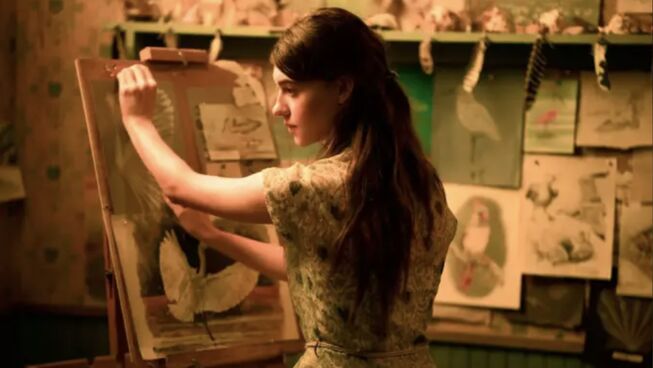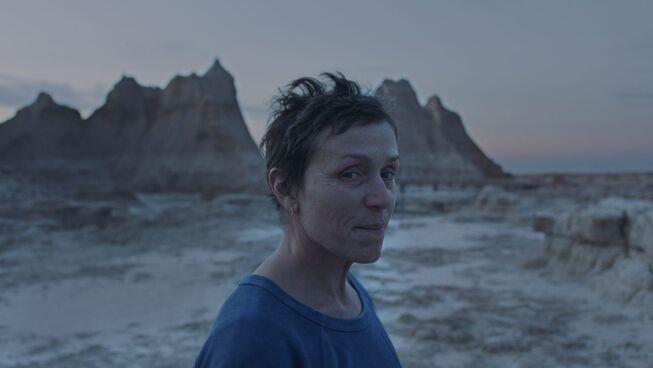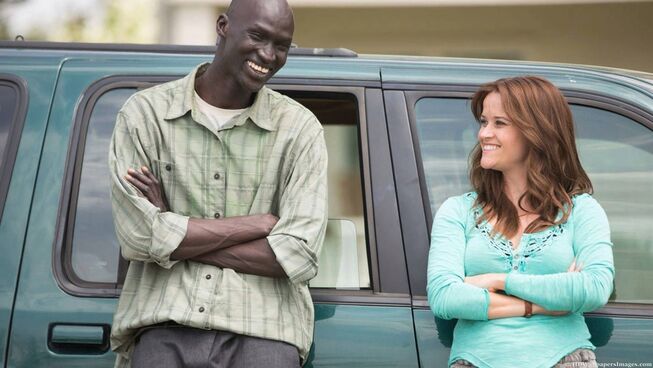
3.5 out of 5 stars
Delia Owens’ novel of the Marsh Girl of the Carolina marshlands has become a worldwide phenomenon since its release in 2018. Then for Reese Witherspoon’s production company to get ahold of the screenplay, things could not get much better for the first-time novelist. It will be interesting to see if the movie can become as beloved as the book for fans and new audiences around the globe.
During the 1950s in the waters between North Carolina's barrier islands and the mainland, we are introduced to Catherine "Kya" Clark (Daisy Edgar-Jones) and her family. They live a reclusive life in the marshlands. Her father is an abusive man who eventually runs off his wife and most of the children. The youngest of the siblings remains behind despite the erratic nature of her Pa (Garret Dillahunt), until he eventually abandons his daughter. As she tries to survive alone in the family cabin, hoping for her mother’s return, Kya becomes resourceful and manages to make her way in the secluded waterways.
As she matures into adulthood, she gets the reputation as the Marsh Girl. As the reclusive young woman sells muscles to the local grocer, Kya becomes the fascination of two local boys. Tate Walker (Taylor John Smith) does all he can to help her to learn how to read and get exposure to her artistic talents. When Chase Andrews (Harris Dickinson), who was the local sporting star from a prominent family, starts to come around, Kya is torn between two potential lovers. Then when Chase is found dead in the marsh, things turn against her as she is suspected of murder. The isolated artist is pulled out of her water-bound world to fight for her survival in the local courtroom.
For those unfamiliar with the successful best-selling novel, this story is reminiscent of classic dramas like To Kill a Mockingbird and the modern works of Nicholas Sparks. The beauty and creatures of the marshland become part of the characters in this film as the cinematography is stunning from the opening sequence until the end. To complement this visual tapestry, there are enough twists and turns that move between romance and murder mystery to keep viewers engaged until the unexpected conclusion. Daisy Edgar-Jones manages to embody the titular central character and carries the weight of the film with a convincingly understated strength. While her character is effectively supported by marvellous performances from David Strathairn (Nomadland) as her compassionate lawyer. Also, Charlene “Michael” Hyatt and Sterling Macer, Jr. the loving couple who owned the grocery in town.
Fans of the book should be satisfied with director Olivia Newman's (First Match) interpretation of Delia Owens’ beloved tale. Even though it may not have the raw and viscous nature of modern cinema, this movie has the feel of the era it was set within. It is a type of storytelling that relies on subtlety and the audience to fill the spaces with their own visual images instead of unearthing every dark element hidden in the marsh. Some could say that this sanitises the narrative. Still, in reality, it allows the story to unfold without unnecessary modern interpretations, over the top violent actions or extreme sexual distractions. Not to say that Newman pulled any punches from the original storyline; instead, she leans into the courtroom drama and allows Kya’s backstory to unfold throughout the screenplay.
Where the Crawdads Sing is a refreshing throwback to a time in cinema where nuance is employed as opposed to raw emotion. This makes the film into a captivating romantic drama accessible to mature audiences of all tastes. One that multiple generations can enjoy together and should inspire more people to go out to purchase the book over the holiday season.
Reel Dialogue: The human side of the marginalised
When people talk of the marginalised within our communities, the range of responses goes from sympathetic to disparaging. Yet, one thing that needs to be considered is the needs of those doing it tough. Some may be in their position because of poor life choices. At the same time, others may find themselves without a home because of an unfortunate series of events.
Regardless of how they got there, it does not diminish their value. The poorest individuals have been part of society throughout history. The Bible shares a fair bit about how we should treat the less fortunate in society, valuing their humanity and caring for our fellow residents. At the core of the Christian message is that humanity's value is not found in the residents of earth's physical residence, but in their relationship with God.
Like the film depicts and the message of the Bible suggests, people in this situation do not need judgement, but help. What can you do to reach out to those in need in your community?
Whoever has a bountiful eye will be blessed, for he shares his bread with the poor. Proverbs 22:9








